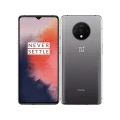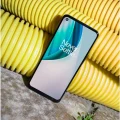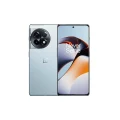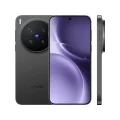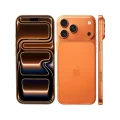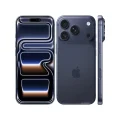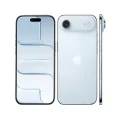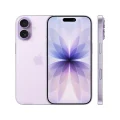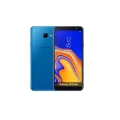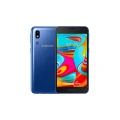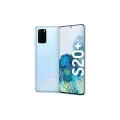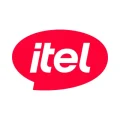- Home
- All Products
- OnePlus
- OnePlus 12R
OnePlus 12R
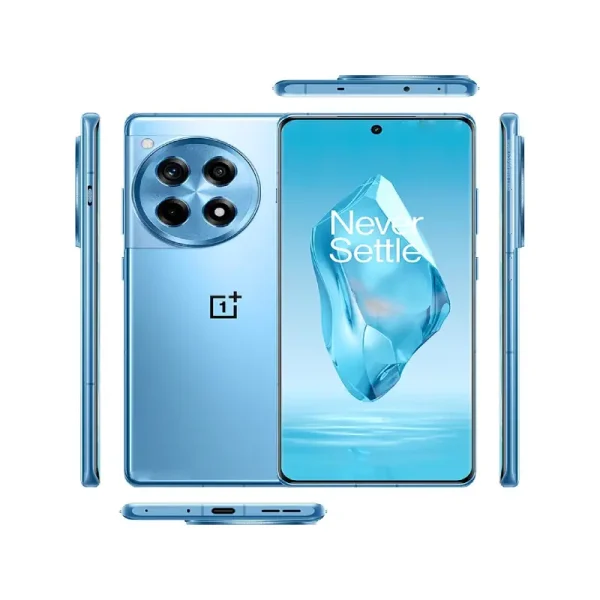


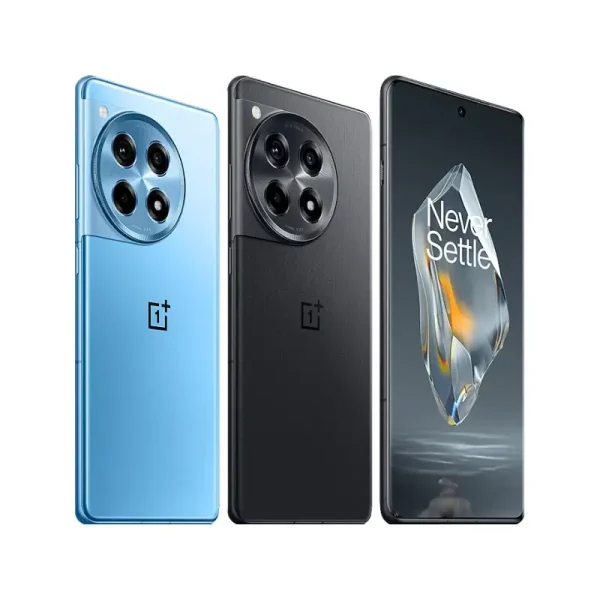
-
Battery: Li-Ion 5500 mAh
-
RAM: 8GB, 8GB, 12GB, 16GB
-
Storage: 128GB, 256GB, 256GB, 256GB
-
Display: LTPO4 AMOLED, 6.78 inches
-
Camera: Rear 50 MP+8 MP+2 MP, and Front 16 MP
-
OS: Android 14, up to 3 major Android upgrades, OxygenOS 15
Full Specifications
Price
| Official | 52999 BDT 8GB/128GB Approx. |
General
| Model | OnePlus 12R |
| Announced | 2024, January 23 |
| Released | 2024, February 06 |
| Status | Available |
Design
| Dimensions | 163.3 x 75.3 x 8.8 mm (6.43 x 2.96 x 0.35 in) |
| Weight | 207 g (7.30 oz) |
| SIM SIM (Subscriber Identity Module) is a small card that contains mobile network subscriber's account information. This allows the phone using the card to attach to a mobile network. The SIM card is most commonly associated with GSM and UMTS mobile networks. Moving a SIM card from one phone to another allows a subscriber to switch mobile phones without having to contact their mobile network carrier. SIM cards can also be used by a phone to store limited amounts of data, such as phone numbers and text messages. |
Nano-SIM + Nano-SIM + eSIM (max 2 at a time) Nano-SIM + Nano-SIM |
| Colors |
Iron Gray, Cool Blue, Electric Violet, Sunset Dune |
Display Specification
| Display Type Display Technology => A number of display technologies and types used in mobile phones => TFT (Thin Film Transistor), IPS (In-Place Switching), OLED (Organic Light Emitting Diode), AMOLED (Active-Matrix Organic Light-Emitting Diode), Super AMOLED (an even advanced version of AMOLED), Resistive Touchscreen (Resistive touchscreens contain two layer of conductive material with a very small gap between them which acts as a resistance), Capacitive Touchsceen (Capacitive touchscreen technology consists of a layer of glass coated with a transparent conductor) | LTPO4 AMOLED |
| Size | 6.78 inches, 111.7 cm2 |
| Resolution | 1264 x 2780 pixels |
| Refresh Rate | 120Hz |
| Pixel Density Pixel Density (PPI) is refers to the concentration of pixels on a particular display, measured in pixels per inch (ppi). Pixel density is calculated by dividing the diagonal pixel resolution of a display by its diagonal size, higher pixel density better display quality. | 450 ppi density |
| Display Protection Display Protection => Gorilla Glass is a special alkali-aluminosilicate glass shield with exceptional damage resistance that helps protect mobile displays from scratches, drops, and bumps of everyday use, It is always better to go for a smartphone with Gorilla Glass for that added protection and peace of mind. | Corning Gorilla Glass Victus 2 |
| Features |
90.9% screen-to-body ratio 1B colors, HDR10+, Dolby Vision, 1600 nits (HBM), 4500 nits (peak) |
Platform
| Operating System OS => Every computer system run on a base software called Operating System (OS). Operating System controls all basic operations of the computer (such as smartphone, PDAs, tablet computers and other handheld devices). The Operating System allows the user to install and run third party applications (apps), apps are used to add new functionality to the device. | Android 14, up to 3 major Android upgrades, OxygenOS 15 |
| Chipset Chipset is a group of integrated circuits designed to perform one or a more dedicated functions, often with real time computing constraints, Popular smartphones are equipped with more advanced embedded chipsets that can do many different tasks depending on their programming. | Qualcomm SM8550-AB Snapdragon 8 Gen 2 (4 nm) |
| CPU CPU (Central Processing Unit) mostly known as processors, CPU processes instructions in order to carry out certain functions that make your device operate properly. Processors are often described as the brain of computers, smartphones and tablets, Smartphones and tablets rely on processors to carry out their every task, Processors are an incredibly important factor in selecting any type of computing device, including your smartphone. | Octa-core (1x3.2 GHz Cortex-X3 & 2x2.8 GHz Cortex-A715 & 2x2.8 GHz Cortex-A710 & 3x2.0 GHz Cortex-A510) |
| GPU GPU (Graphics Processing Unit) is a single-chip processor designed to rapidly manipulate and alter memory to accelerate the creation of images in a frame buffer intended for output to a display, This includes things such as lighting effects, object transformations, and 3D motion. | Adreno 740 |
Main Camera
| Camera Setup | Triple |
| Resolution |
50 MP, f/1.8, 24mm (wide), 1/1.56", 1.0µm, multi-directional PDAF, OIS 8 MP, f/2.2, 16mm, 112˚ (ultrawide), 1/4.0", 1.12µm 2 MP, f/2.4, (macro) |
| Features |
Laser AF, color spectrum sensor, LED flash, HDR, panorama |
| Video | 4K@30/60fps, 1080p@30/60/120/240fps, gyro-EIS, OIS |
Selfie Camera
| Camera Setup | Single |
| Resolution |
16 MP, f/2.4, 26mm (wide), 1/3", 1.0µm |
| Video | 1080p@30fps, gyro-EIS |
| Features |
HDR, panorama |
Network & Connectivity
| Technology | GSM / CDMA / HSPA / LTE / 5G |
| Speed | HSPA, LTE (CA), 5G |
| Wi-fi Wi-Fi is a popular wireless networking technology using radio waves to provide high-speed network connections that allows devices to communicate without cords or cables, Wi-Fi is increasingly becoming the preferred mode of internet connectivity all over the world. | Wi-Fi 802.11 a/b/g/n/ac/6/7, dual-band |
| Bluetooth Bluetooth is a wireless communications technology for exchanging data between mobile phones, headsets, computers and other network devices over short distances without wires, Bluetooth technology was primarily designed to support simple wireless networking of personal consumer devices. | 5.3, A2DP, LE, aptX HD |
| NFC NFC (Near field communication) is a set of standards for smartphones and similar devices to establish peer-to-peer radio communications with each other by touching them together or bringing them into proximity, usually no more than a few inches. | Yes |
| Positioning |
GPS, GALILEO, GLONASS, BDS, QZSS |
| FM Radio | No |
| Infrared port | Yes |
| USB | USB Type-C 2.0 |
| 2G Network |
GSM 850 / 900 / 1800 / 1900 CDMA 800 |
| 3G Network |
HSDPA 850 / 900 / 1700(AWS) / 1900 / 2100 |
| 4G Network |
1, 2, 3, 4, 5, 7, 8, 12, 17, 18, 19, 20, 26, 28, 32, 38, 39, 40, 41, 66 |
| 5G Network |
1, 2, 3, 5, 7, 8, 12, 20, 28, 38, 40, 41, 66, 77, 78 SA/NSA |
Battery
| Battery Type Battery Type => Cell phones run on various kinds of batteries depending on the manufacturer, phone size or shape and features. There are basically four types of cell phone batteries => Lithium Polymer, Lithium Ion, Nickel Metal Hydride and Nickel Cadmium. | Li-Ion (Lithium Ion) |
| Capacity Battery Capacity is a measure (typically in Amp-hr) of the charge stored by the battery, and is determined by the mass of active material contained in the battery. The battery capacity represents the maximum amount of energy that can be extracted from the battery under certain conditions. | 5500 mAh |
| Removable | No |
| Charging |
100W wired, 100% in 26 min |
| Wireless Charging Wireless Charging (Inductive Charging) uses an electromagnetic field to transfer energy between two objects. This is usually done with a charging station. Energy is sent through an inductive coupling to an electrical device, which can then use that energy to charge batteries or run the device. | No |
Multimedia
| Loudspeaker | Yes, with stereo speakers |
| Audio Jack | No |
Storage
| Card Slot Memory Card Slot is a special slot for inserting a memory card. Memory cards allow you to expand the phone's built-in memory, A memory card (sometimes called a flash memory card or a storage card) is a small storage medium used to store data such as text, pictures, audio, and video, for use on small, portable or remote computing devices such as mobile phones, mp3 players, digital cameras. | No |
| Internal Storage Internal Storage is a data storage space (flash memory) mostly used in smartphones, tablets and other electronic devices where operating system, apps, music, photos, videos, files and other user data Is stored. |
128GB 8GB RAM, 256GB 8GB RAM, 256GB 12GB RAM, 256GB 16GB RAM UFS 3.1 |
Sensors
| Fingerprint | Yes (under display, optical) |
| Other Sensors | accelerometer, gyro, proximity, compass |
PROS
- Flagship-level performance thanks to Snapdragon 8 Gen 2—smooth multitasking and gaming.
- Ultra-bright, vibrant display with variable refresh and water-resistant touch responsiveness.
- Excellent battery life, with fast 80–100W wired charging reaching full in under 30 minutes.
- Great value proposition— “flagship features at mid-range price”
CONS
- No wireless charging, a feature some users expect at this tier.
- Limited water resistance (IP64)—drops are fine, but deep immersion isn’t ideal.
- No telephoto lens—the camera lacks optical zoom, relying on macro instead.
- Shorter software update cycle—typically only 3 Android versions and up to 4 years of security updates.
About the OnePlus 12R
The OnePlus 12R, unveiled in early 2024 and globally launched around January 23, positions itself as a powerful mid-range contender by blending flagship-grade specs with a more accessible price point. It boasts a 6.78-inch LTPO AMOLED ProXDR display with 120 Hz variable refresh rate, HDR10+, Dolby Vision, and an extraordinary peak brightness of 4,500 nits, all protected by Corning Gorilla Glass Victus 2.
Under the hood is the Qualcomm Snapdragon 8 Gen 2, paired with up to 16 GB LPDDR5X RAM and 256 GB UFS 3.1 storage. Powering the device is a 5,500 mAh battery with 80W SUPERVOOC fast charging, which earns praise for longevity and quick top-ups.
The 12R also features a Triple-camera setup—a 50 MP Sony IMX890 main sensor, an 8 MP ultra-wide lens, and a 2 MP macro lens, plus features such as IP64 dust and splash resistance, undercut haptics, and OxygenOS 14, based on Android 14.
Main Key Features
- 6.78″ LTPO AMOLED ProXDR display with 1–120 Hz refresh rate, 10-bit color, HDR10+, Dolby Vision, and 4,500 nits peak brightness
- Powerful Snapdragon 8 Gen 2 chipset, paired with 8–16 GB LPDDR5X RAM and 128–256 GB UFS 3.1 storage
- Robust 5,500 mAh battery with 80W SUPERVOOC charging for fast replenishment
- Triple rear cameras: 50 MP (Sony IMX890), 8 MP ultra-wide, and 2 MP macro.
- IP64 rating, Gorilla Glass Victus 2 protection, OxygenOS 14 on Android 14.
- Responsive haptics and cooling system, enhancing performance and user feel.
Why Choose This Phone?
The OnePlus 12R is an attractive option for users wanting flagship-grade hardware at a lower price. It delivers exceptional display quality, speed, and endurance—perfect for gamers, multimedia users, and power users—without compromising essentials like fast charging or sleek design. It’s especially compelling in a market where value is increasingly prized.
Opinion
In the sea of mid-range smartphones, the OnePlus 12R shines as a balanced powerhouse. It might lack niche features like wireless charging or long-term software support, but it more than compensates with its performance, display brightness, and battery life. For those who value fluid performance and practicality, this phone is a smart pick.
See Another Model:
FAQs about OnePlus 12R
Q: When was it released?
A: It was officially launched globally on January 23, 2024.
Q: Is wireless charging supported?
A: No, the 12R does not support wireless charging—it relies solely on fast wired charging (80W or 100W depending on region.
Q: How long does the battery last?
A: It offers outstanding endurance—exceeding 15+ hours of web browsing and over 12 hours of video play in tests—while supporting a full charge in under 30 minutes.
Q: Does it have an IP rating and durability?
A: Yes, it has an IP64 rating (splash-resistant), and features Gorilla Glass Victus 2 for enhanced screen protection.
Q: Is the performance still relevant?
A: Absolutely. The Snapdragon 8 Gen 2 remains a top-tier chip, running demanding apps and games smoothly, close to true flagship-level performance.
Give Your Review
Disclaimer Note
You can write your own disclaimer from APS Settings -> General -> Disclaimer Note.

